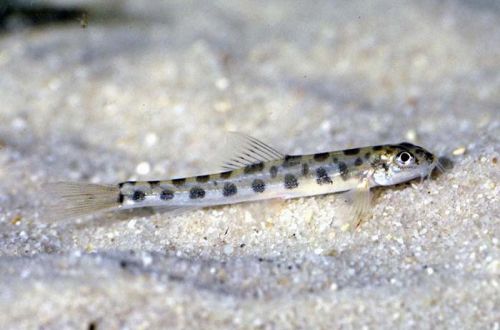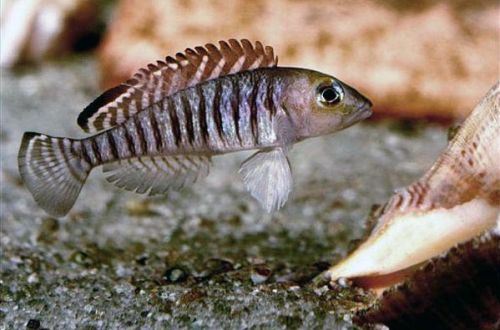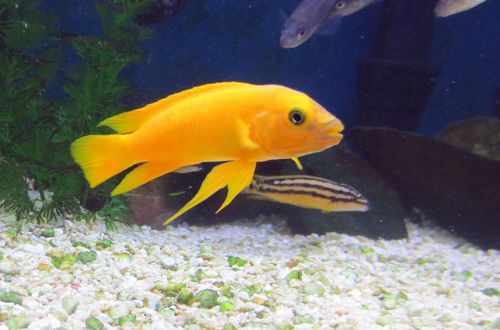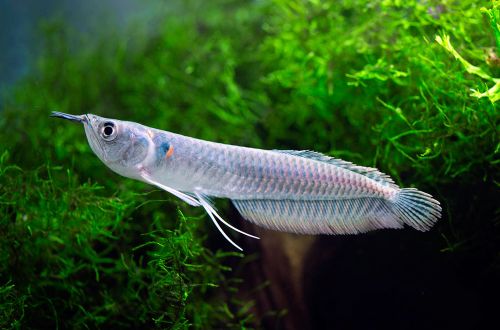
Common char
Common charr, scientific name Nemacheilus corica, belongs to the family Nemacheilidae (Loachers). The fish comes from Asia from the territory of modern India, Pakistan, Nepal and Bangladesh. According to some reports, the natural habitat also extends to Afghanistan, but for objective reasons it is not possible to verify this.

They are found everywhere, mainly in rivers with a fast, sometimes violent current, flowing through mountainous areas. They live both in clean clear streams and in the muddy waters of large rivers.
Description
Adults reach a length of about 4 cm. The fish has an elongated elongated body with short fins. Due to their way of life, fins are used mainly to lean on the ground, resisting the current. Fish tend to walk on the bottom rather than swim.
The coloration is gray with a silvery belly. The pattern consists of symmetrically arranged dark spots.
Behavior and Compatibility
In nature, they live in groups, but at the same time they strive to acquire their own territory, therefore, in small aquariums, with a lack of space, skirmishes are possible in the struggle for a site at the bottom. Unlike most Kindred, such skirmishes are sometimes quite violent and sometimes result in injury.
Peacefully tuned to other non-aggressive species of comparable size. They get along well with Rasboras, Danios, Cockerels and other species of comparable size. You should not settle together with catfish and other bottom fish that can create excessive competition for the common char.
Brief information:
- The volume of the aquarium – from 50 liters.
- Temperature – 22-28°C
- Value pH — 6.0–7.2
- Water hardness – soft (3-12 dGH)
- Substrate type – any
- Lighting – any
- Brackish water – no
- Water movement – moderate
- The size of the fish is about 4 cm.
- Food – any sinking food
- Temperament – peaceful
- Keeping in a group of 3-4 individuals
Maintenance and care, arrangement of the aquarium
The size of the aquarium is selected based on the number of fish. For 3-4 loaches, a tank of 50 liters or more is required, and its length and width are more important than height.
It is desirable to zone the design in accordance with the number of fish. For example, for 4 common loaches, it is necessary to equip four areas at the bottom with a large object in the center, such as driftwood, several large stones, clusters of plants, etc.
Being native to fast-flowing rivers, flow is welcomed in an aquarium, which can be achieved by installing a separate pump, or by placing a more powerful filtration system.
The hydrochemical composition of water can be in a wide acceptable range of pH and dGH values. However, this does not mean that it is worth allowing sharp fluctuations in these indicators.
Food
Unpretentious to the composition of food. Will accept most popular sinking foods in the form of flakes, pellets, etc.





